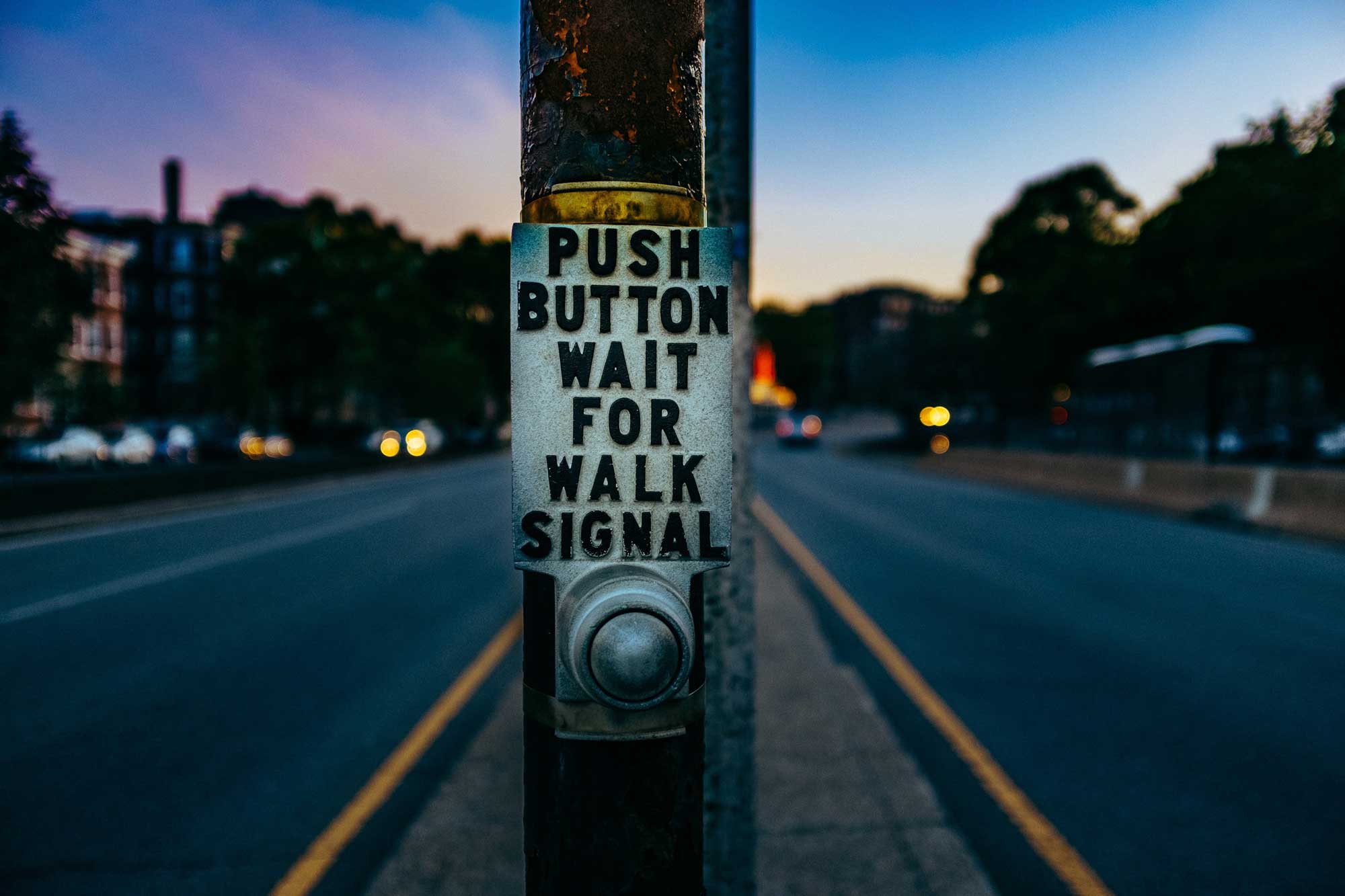What are CTAs?
We see them all the time. Yes folks – those buttons (aka Call to Action buttons or CTA) in different shapes, sizes and colours, strategically placed to motivate the visitor to take action such as “Download now”; And their aim? The bottom line objective is to get a visitor to convert in some way – enter their contact details, buy, sign up or any other activity that creates a relationship with the visitor and builds the brand.
A CTA can play a significant role in engaging visitors with your site and turning them into leads. In a busy world with so much information out there, a website’s CTAs must be strategically crafted and positioned in order to get the visitor to follow through with the objectives of the page.
So how do you position a CTA to break through the clutter and get a visitor to take the relevant action?
Successful CTAs
The answer lies in understanding the psychology behind motivating a person to respond to a CTA. Testing various buttons with a specific audience and then selecting the CTA which gets the best response is also effective. Join us as we take a behind the scenes look into 9 CTAs and what inspires a visitor to take appropriate action:
1 – Create a sense of urgency
Creating the impression that time is of the essence often motivates a user to take action. This can be achieved by using CTAs with time related words such as “Subscribe now”; “One day only”; “Order today”’; “Available while stocks last”
This exerts a certain amount of pressure on your visitor who understands that action is required quickly before the deal is taken off the table.
2 – Conversational Tone
This CTA has a very approachable style. Wording used is informal and relaxed, inviting the visitor to participate as a friend. Text used would include words such as “Talk to us”; “Chat now”. There is often a live chat facility available with this CTA, allowing the visitor to get personal and immediate answers to questions and concerns.
3 – Providing a safety net
Often when a visitor needs to make payment for a service or product the CTA offers a period of non-payment such as “30 day free trial”; “Money back guarantee. This reduces ambivalence and the fear of risk, making the visitor more likely to click on the CTA and take up the offer.
4 – Positive Impact
Showing your visitor how taking action can positively impact is a powerful persuasion technique. Text can be used to describe or imply the benefits of taking action and implemented in various ways as follows: “Claim your free gift”; “Enjoy the benefits now.” This also plays on the natural human tendency to go towards pleasure so that the person is inclined to go for the gift or reward offered in exchange for a person’s address and contact details.
5 – Uncovering a secret
This CTA plays on the visitor’s curiosity by partially revealing what the visitor will receive by clicking on the CTA. This is achieved through text that promises the sharing of a secret or the like, such as “Learn about…”; “Discover…”
6 – Solidarity
This CTA shares common traits with the Conversation CTA, with both buttons inviting the visitor to enter into a closer relationship with the brand. Phrases used include “Let’s do it!” often ending with expressive punctuation such as an exclamation to show excitement and energy. This CTA shows that the visitor is entering on a journey, together with the brand – implying “you are not alone”.
7 – Indirect Sales
Sales can be disguised in the form of a soft sell, especially by well-known brands with an established following. These brands have already covered the basics when it comes to persuasion over years of interacting and engaging with their consumer. Such a brand uses a subtler form of convincing such as inviting the visitor to join the brand tribe with “Join our mailing list”; “Discover more.”
8 – Iron fist in velvet glove
These CTAs combine risk free elements and an informal tone in equal parts. It also enables the brand to achieve its goal, while allaying the visitors fears. Such a CTA may use words such as “Give xxx product a try – it’s free to the first 5 days.”
9 – Problem solver CTAs
This CTA appeals to the needs or objectives of the visitor, helping the visitor to solve current challenges. For example, a visitor may be visiting a site to increase a Facebook Community – the CTA may read “Grow Likes,” appealing to his or her current needs.
A call to action has long been part of the advertising and marketing industry. This is evident in any advert – whether it is on television, YouTube or another medium either implies or overtly states a call to action. The online environment however has evolved to use this tool both through design and wording, taking into account the visitor’s emotional world in relation to the particular product. In this way, a brand can carefully select a CTA which resonates with its audience in order to streamline the process and convert a visitor into a lead.




